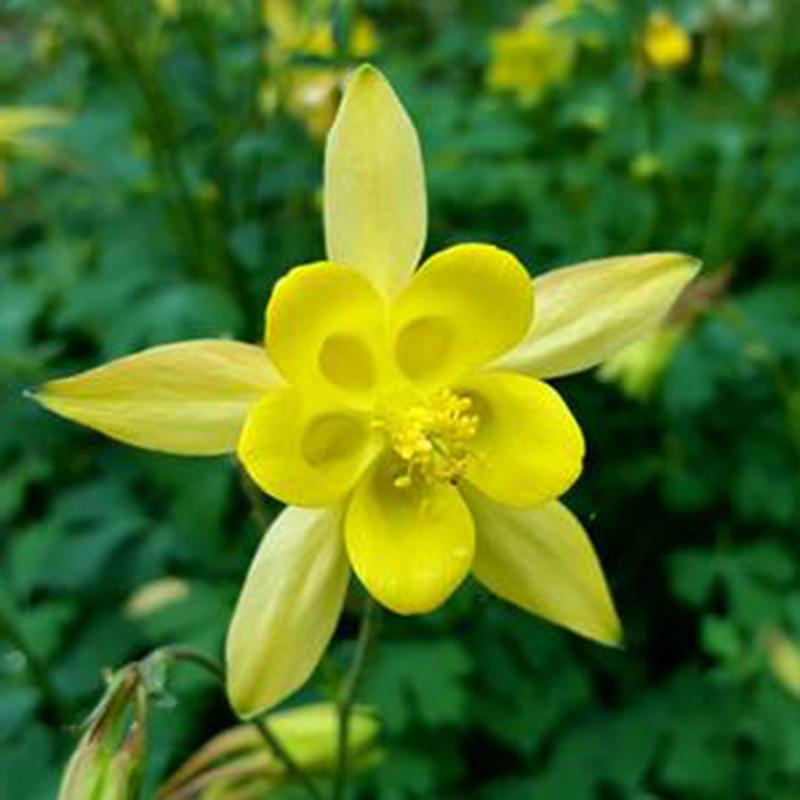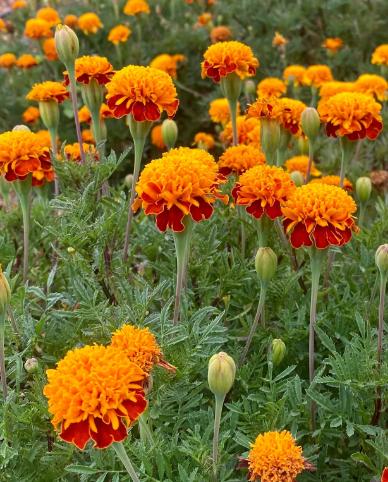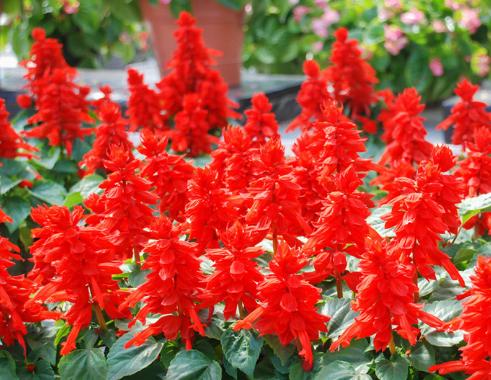Once upon a time, there lived a Philodendron plant named Phil. Phil was no ordinary plant, as he possessed the ability to communicate with other plants. One day, Phil heard a distress call from a neighboring plant that was being attacked by plant-eating insects. Determined to help, Phil enlisted other plants in the area to create a natural defense barrier. Together, they formed a protective shield around their friend, thwarting the insects’ attack. This act of unity among plants amazed everyone who witnessed it. From that day on, Phil became known as the hero of the plant kingdom, inspiring plants everywhere to work together and support one another in times of need.
Picture
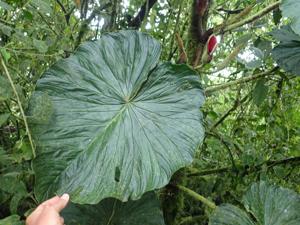
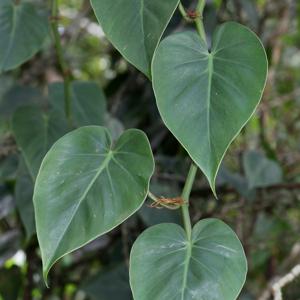
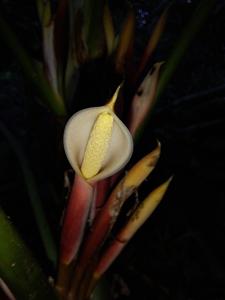
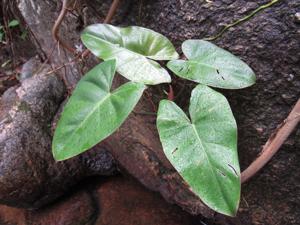
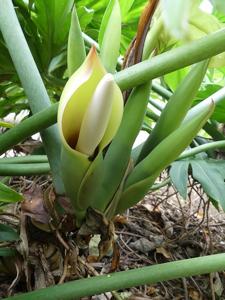
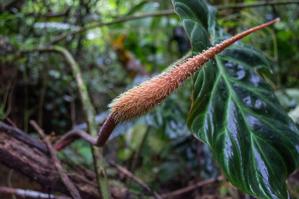
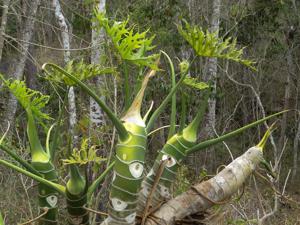
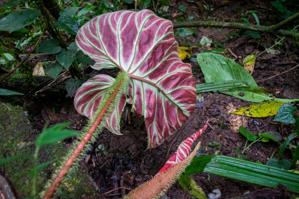
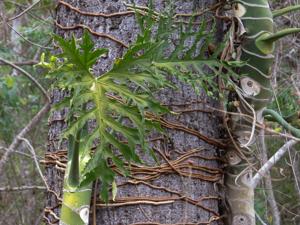
Plant some seeds now!
Short Description
Philodendron is a large genus of flowering plants in the family Araceae. As of September 2015[update], the World Checklist of Selected Plant Families accepted 489 species; other sources accept different numbers. Regardless of number of species, the genus is the second-largest member of the family Araceae, after genus Anthurium. Taxonomically, the genus Philodendron is still poorly known, with many undescribed species. Many are grown as ornamental and indoor plants. The name derives from the Greek words philo- ‘love, affection’ and dendron ‘tree’. The generic name, Philodendron, is often used as the English name.
Description
Growth habit
Compared to other genera of the family Araceae, philodendrons have an extremely diverse array of growth methods. The habits of growth can be epiphytic, hemiepiphytic, or rarely terrestrial. Others can show a combination of these growth habits depending on the environment. Hemiepiphytic philodendrons can be classified into two types: primary and secondary hemiepiphytes. A primary hemiepiphytic philodendron starts life high up in the canopy where the seed initially sprouts. The plant then grows as an epiphyte. Once it has reached a sufficient size and age, it will begin producing aerial roots that grow toward the forest floor. Once they reach the forest floor, nutrients can be obtained directly from the soil. In this manner, the plant’s strategy is to obtain light early in its life at the expense of nutrients. Some primary epiphytic species have a symbiotic relationship with ants. In these species, the ants’ nest is grown amongst the plant’s roots, which help keep the nest together. Philodendrons have extrafloral nectaries, glands that secrete nectar to attract the ants. The philodendron, in turn, obtains nutrients from the surrounding ant nest, and the aggressive nature of the ants serves to protect the plant from other insects which would eat it.
Secondary hemiepiphytes start life on the ground or on part of a tree trunk very close to the ground, where the seeds sprout. These philodendrons have their roots in the ground early in their lives. They then begin climbing up a tree and eventually may become completely epiphytic, doing away with their subterranean roots. Secondary hemiepiphytes do not always start their lives close to a tree. For these philodendrons, the plant will grow with long internodes along the ground until a tree is found. They find a suitable tree by growing towards darker areas, such as the dark shadow of a tree. This trait is called scototropism. After a tree has been found, the scototropic behavior stops and the philodendron switches to a phototropic growth habit and the internodes shorten and thicken. Usually, however, philodendrons germinate on trees.
Cultivation
Growing
Philodendrons can be grown outdoors in mild climates in shady spots. They thrive in moist soils with high organic matter. In milder climates, they can be grown in pots of soil or in the case of Philodendron oxycardium in containers of water. Indoor plants thrive at temperatures between 15 and 18 °C and can survive at lower light levels than other house plants. Although philodendrons can survive in dark places, they much prefer bright lights. Wiping the leaves off with water will remove any dust and insects. Plants in pots with good root systems will benefit from a weak fertilizer solution every other week.
Propagation
New plants can be grown by taking stem cuttings with at least two joints. Cuttings then can be rooted in pots of sand and peat moss mixtures. These pots are placed in greenhouses with bottom heat of 21–24 °C. During the rooting, cuttings should be kept out of direct sunlight. Once rooted, the plants can be transplanted to larger pots or directly outside in milder climates. Stem cuttings, particularly from trailing varieties, can be rooted in water. In four to five weeks, the plant should develop roots and can be transferred to pots.
philodendron can also propagate through air layering which is a more advanced method of propagation that involves creating a new plant on the stem of an existing plant.
Hybridizing philodendrons is quite easy if flowering plants are available, because they have very few barriers to prevent hybridization.[citation needed] However, some aspects of making crosses can make philodendron hybridization more difficult. Philodendrons often flower at different times and the time when the spathe opens up varies from plant to plant. The pollen and the inflorescence both have short lives, which means a large collection of philodendrons is necessary if crossbreeding is to be done successfully,[citation needed]The pollen life can be extended to a few weeks by storing it in film canisters in a refrigerator. Artificial pollination is usually achieved by first mixing the pollen with water. A window is then cut into the spathe and the water-pollen mixture is rubbed on the fertile female flowers. The entire spathe is then covered in a plastic bag so the water–pollen mixture does not dry out; the bag is removed a few days later. If the inflorescence has not been fertilized, it will fall off, usually within a few weeks.

